Showing your face on Zoom #1: positive and negative effects on others
Four students sit in a Zoom call with their cameras off as is the case in many Zoom classes during the remote learning period.
October 15, 2020
Many classes during distanced learning at AVHS have various rules and expectations regarding keeping your camera on during class. Students also have diverse opinions on how Zoom classes and camera expectations have been working so far this year.
Teachers that are flexible about whether students need to have their cameras on in class cite the various pros and cons of requiring students to show their faces as the basis for their approach.
“Some positive effects [of students showing their faces] are more engagement and connection with class and materials. Some negative effects are that some students experience a lot of stress while on camera and find it more difficult to focus because of that,” said AV World History and AP Human Geography teacher Haley Baldwin.
While stress is one factor that may keep students off camera, some people just feel uncomfortable showing their face depending on their workspace or surroundings.
“Sometimes I like to have my camera off like when I’m eating or family members are in the background. I know a lot of us prefer to have it off because we like to be comfortable by sitting in bed while attending zoom classes,” said Eshita Kapse (‘21).
On the other hand, some students prefer engagement and interaction with others over the comforts that may be sacrificed by keeping the camera on. This is often motivated by a desire to make distanced learning as close to normal class as possible.
“I think having cameras on affects both students and teachers in a positive way because it gives us a sense of community despite the current circumstances. It’s nice seeing our classmates’ and teachers’ faces even though we aren’t in the classroom,” said Simran Pandey (‘23).
While some may keep their cameras on while a teacher is speaking in the main room of a Zoom meeting, breakout rooms are a different scenario altogether. With a lack of in-person engagement and the option to stay muted and hidden, participation often comes to a standstill when a breakout room of students that do not know each other is created.
“Sometimes there’s a situation where we (students in a breakout room) should be discussing something, but everyone instead chooses to remain silent. In these situations, cameras are almost always off to add to this silence and desire to not participate. I do think that if cameras were forced this would not occur as much, as it would be very awkward for someone to be seen on screen and also visibly and actively ignore discussion,” said Maanas Shah (‘22).
Clearly, there are students on both sides of the issue regarding cameras in Zoom classes, but some students believe it simply does not matter. This is because distanced learning is so different from normal class that whether students show their face or not does not make much of a difference.
“When we are together as a class, cameras don’t really impact engagement or motivation either way just because we are usually not interacting and instead listening to a teacher. The awkwardness of remote learning is kind of always present, regardless of whether cameras are off or on in a large setting,” said Aditya Dawar (‘24).
To continue reading this article series, click here for part two and here for part three!

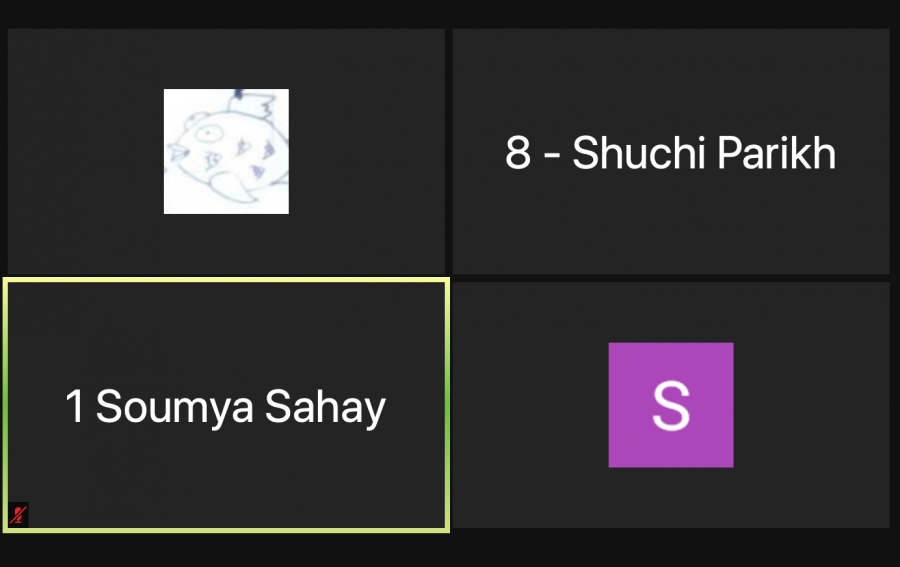
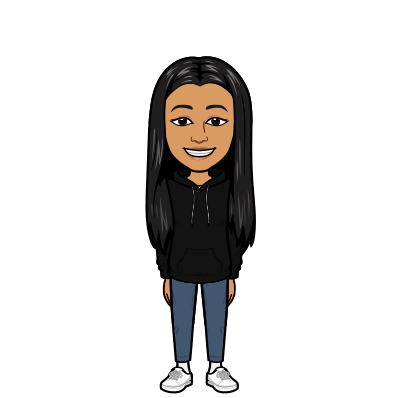
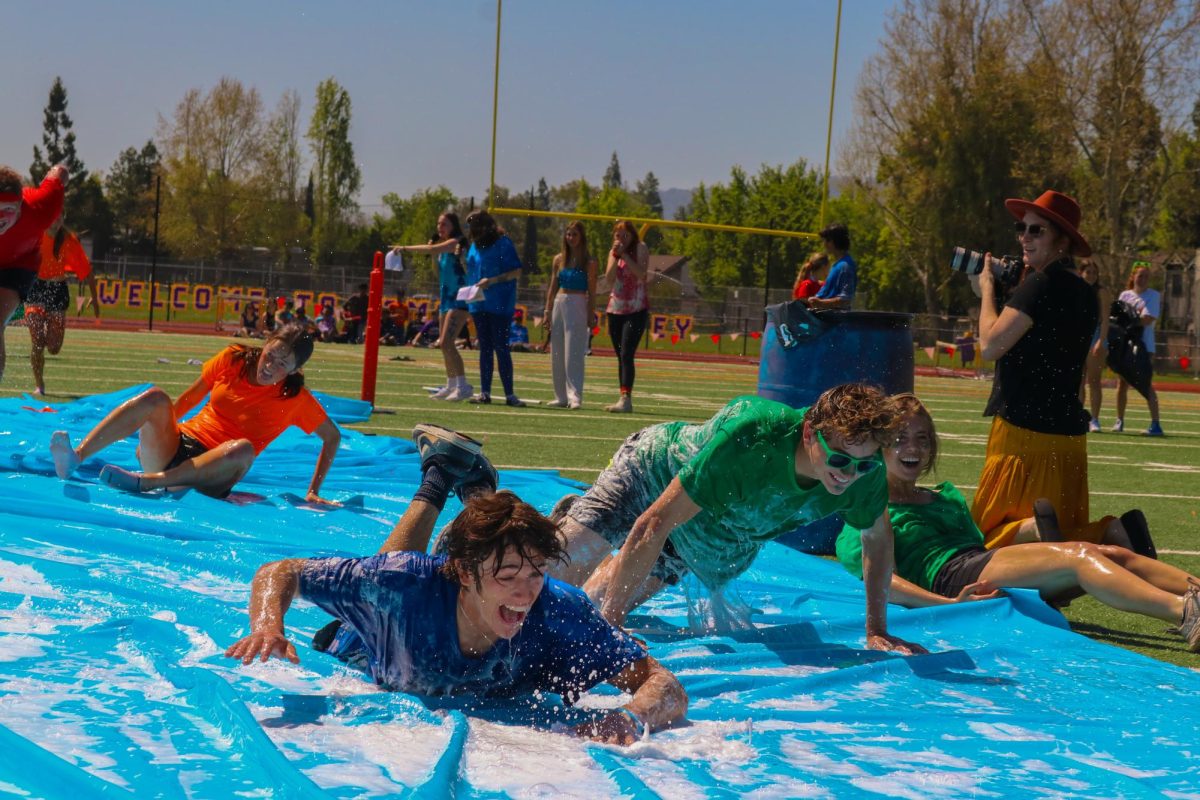
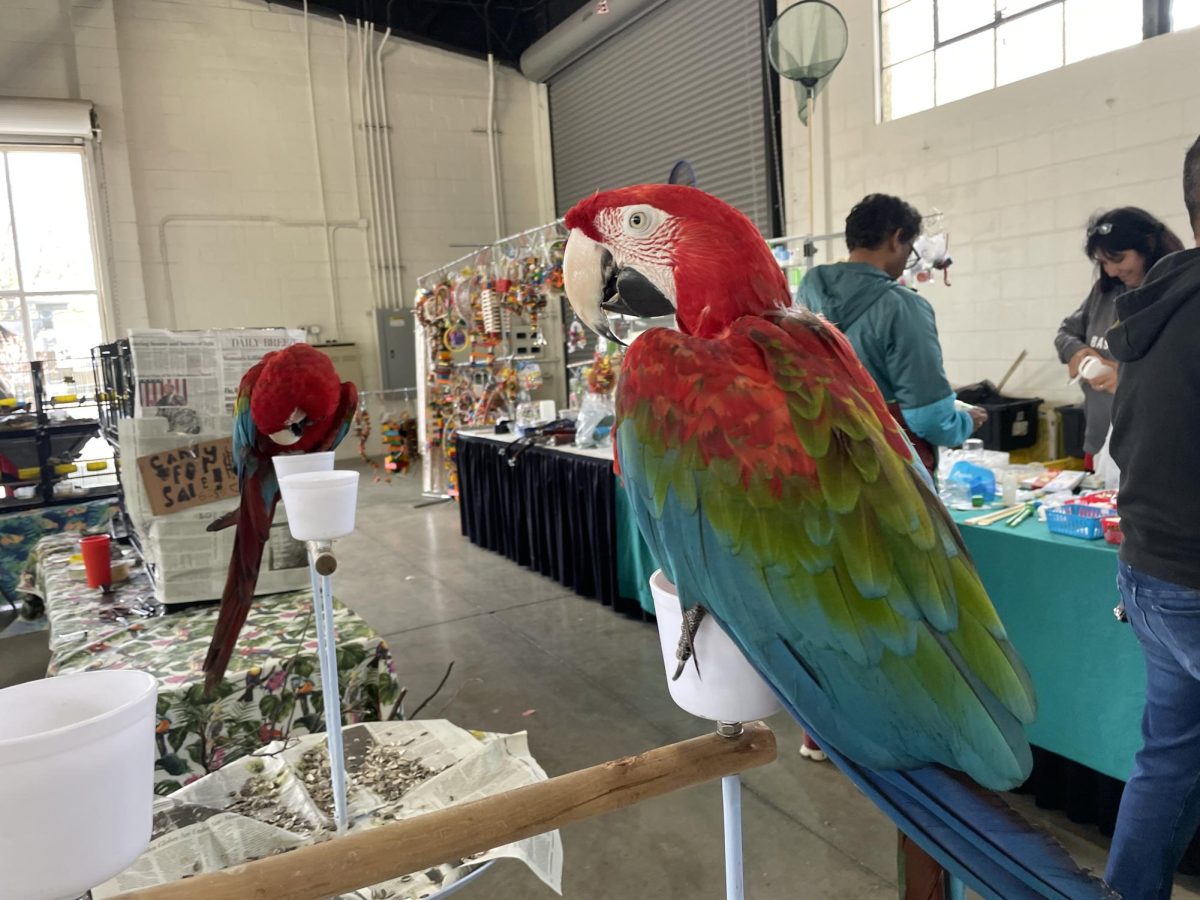
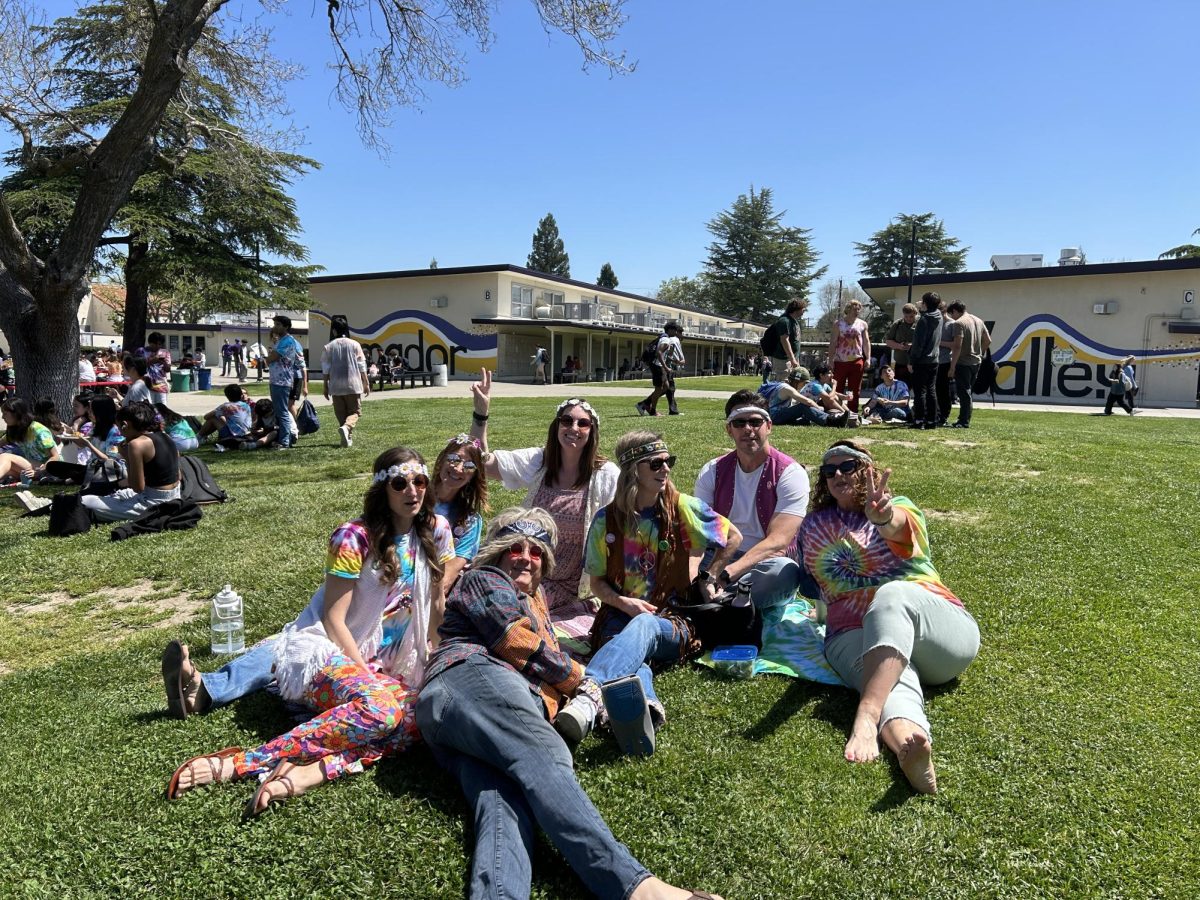
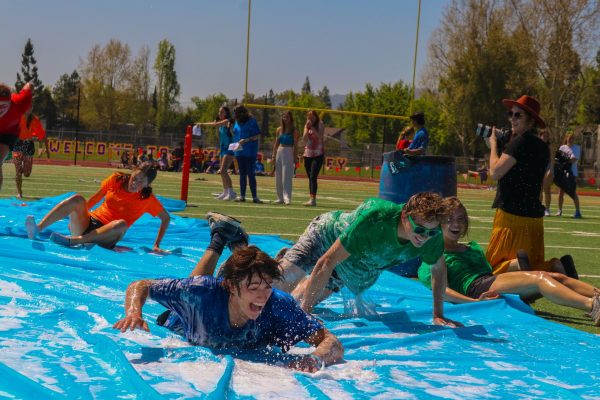
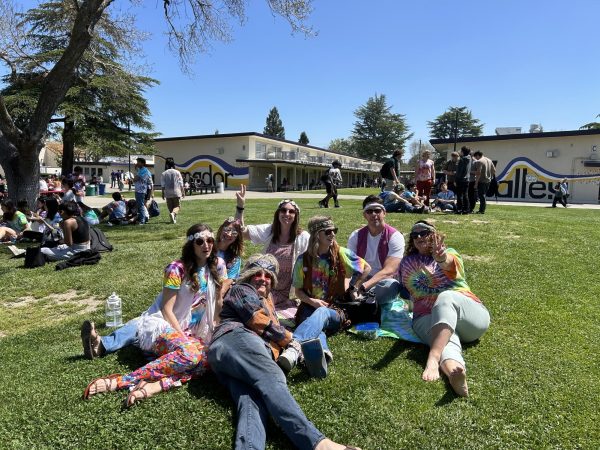
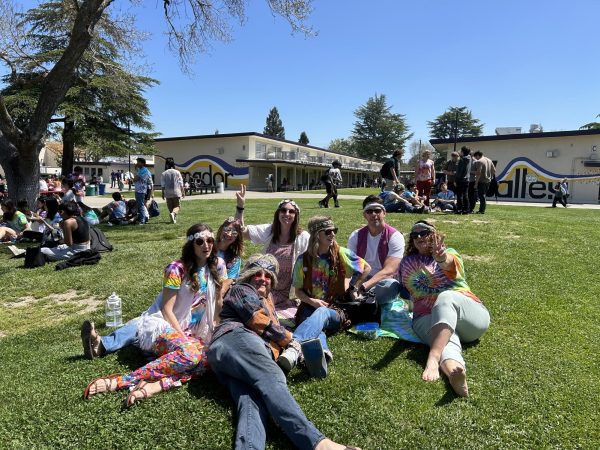
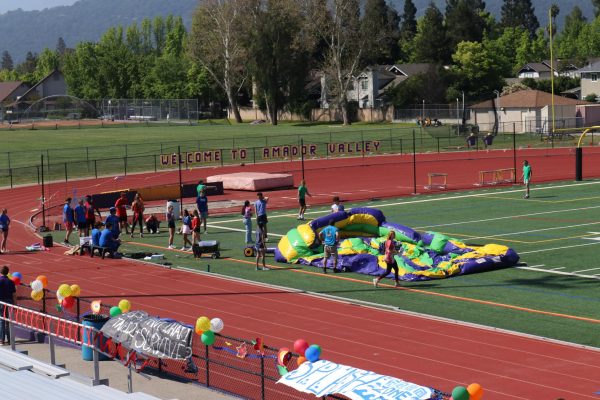

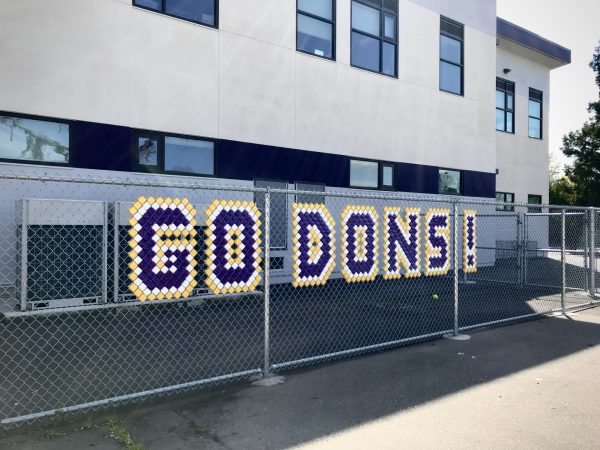

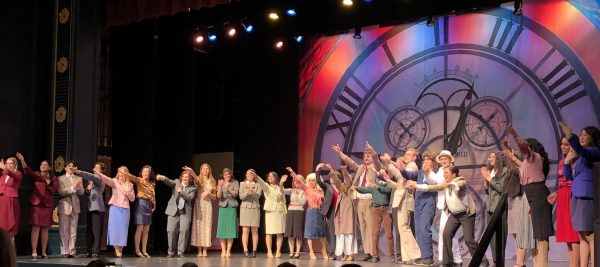
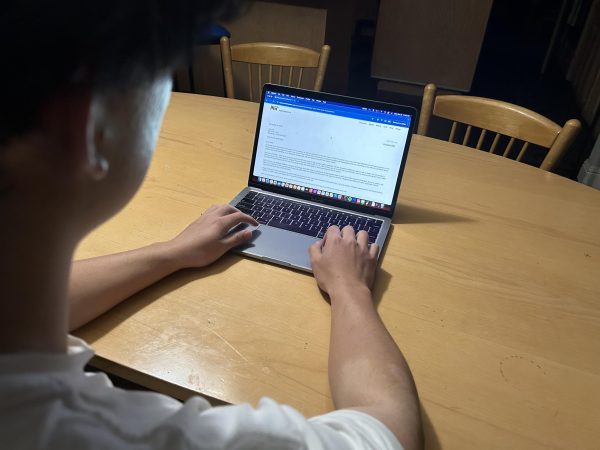
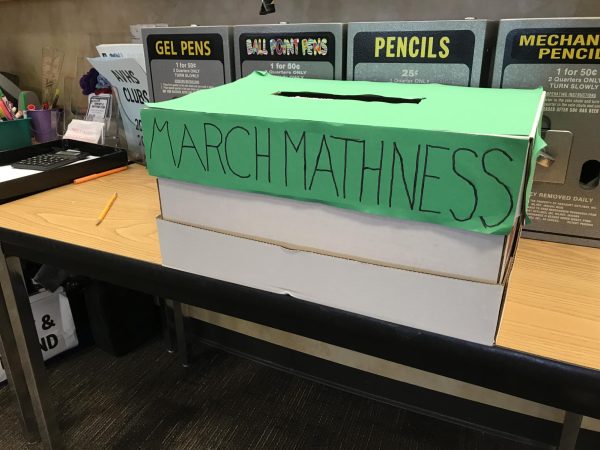
Thank you! • Apr 8, 2021 at 9:24 am
Thank you for this! This really helps!